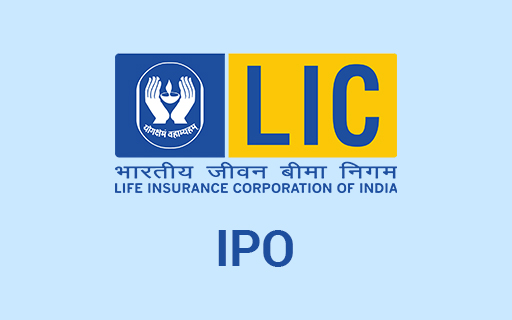India's Third Giant Leap
This Could be One of the Biggest Opportunities for Investors
- Home
- Outlook Arena
- What is the Face Value of a Stock?
What is the Face Value of a Stock?
Understanding what the face value of a stock is like understanding the ABC of stock markets. As the name suggests, face value is the nominal value that appears on the face of the security.
Face value is a financial term used to describe the nominal or rupee value of a security, as stated by its issuer. For stocks, the face value is the original cost of the stock, as listed on the certificate. For bonds, it is the amount paid to the holder at maturity. The face value of bonds is often referred to as par value or simply par.
Important to note that the face value is not related to the market price of the stock and is typically a very small fraction of the current market price.
A company decides the face value of a stock while issuing the security. For shares the face value is fixed when a company issues shares to the public through an initial public offering (IPO).
Assigning face value is important from the company’s perspective as it helps the entity to calculate the accounting value of its shares. This value is then used in its balance sheet.
An investor can calculate the face value of a share with the help of a following formula -
Face value of share = Equity share capital as mentioned in balance sheet / outstanding number of shares
Corporate actions, such as stock splits, can modify the face value of shares. When a firm splits its stock, it divides the current shares into smaller units with lower face values.
For example, if a company with a face value of Rs 100 per share announces a 1:1 stock split, one share will be split into two units, each with a face value of Rs 50.
Face value of the security is stated on the share/bond certificate.
The face value of a stock can play a role in the calculation of dividends. Dividends are often expressed as a percentage of the face value.
The face value of a stock should not be confused with the book value, which is the value of the company's assets minus its liabilities. The book value of a company can be a useful metric for investors in determining whether a stock is undervalued or overvalued.
![]() All You Need to Know About the LIC IPO's Lot Size, Face Value, Price Band, and More...
All You Need to Know About the LIC IPO's Lot Size, Face Value, Price Band, and More...
Apr 27, 2022
In the grey market, shares of LIC are trading with a premium of Rs 20 at Rs 969 per share.


